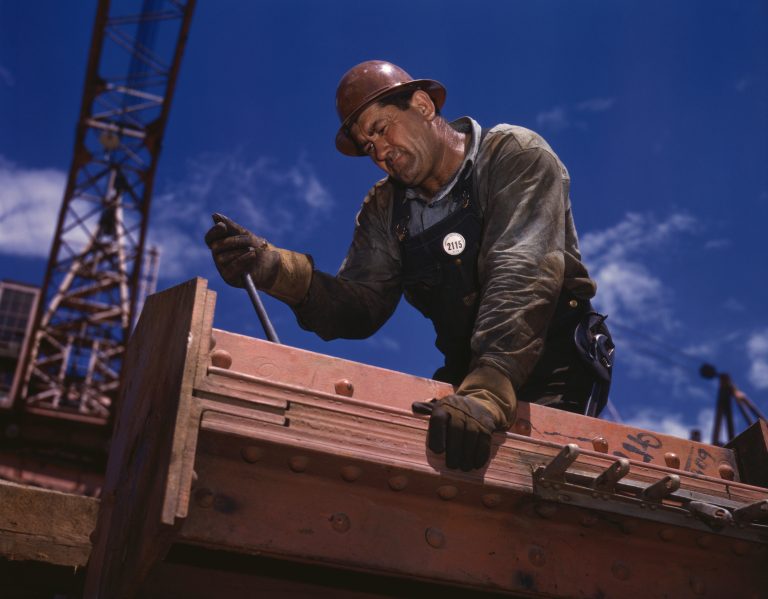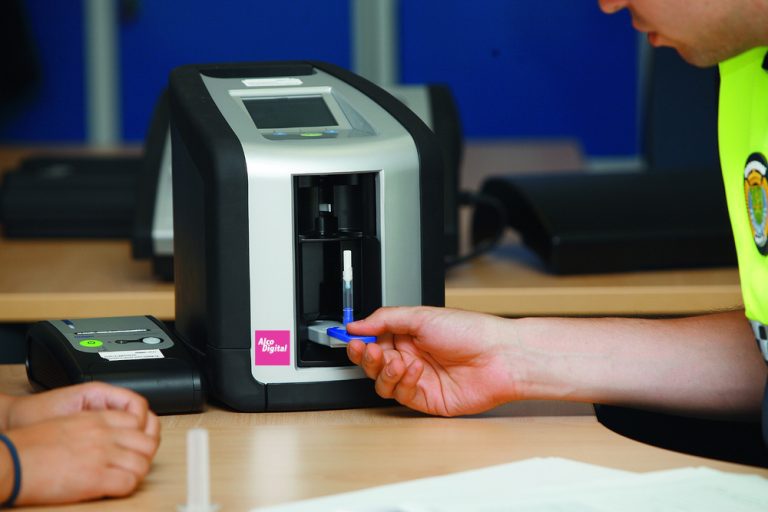As any principal contractor will know, construction site hoardings are part and parcel of almost any building site in an urban, commercial or residential area. Site hoardings are a legal requirement, protecting the public from any potential harm as a result of proximity to the works taking place, and protecting construction works and staff from any unwanted interference – such as damage or theft – from the general public. But hoardings offer a lot more than that, and are in fact one of the most valuable pieces of marketing collateral for a construction business or other parties involved in a development. By contacting a print supplier, and investing in a series of printed hoarding graphics, contractors & construction companies can transform the impact their sites can have on their business. Site hoardings are essentially a large blank canvas, and while it’s usually not an obligation, hoarding graphics should be on the list of considerations with any project, for all kinds of reasons. Here are some of the most important factors at play, and why hoarding graphics should be a part of every construction site: Blank hoardings are an unsightly wasted opportunity Blank hoardings, with no graphics installed, are fundamentally unattractive. Built usually from wood or metal, these structures are an imposition on the local community – simply put, when left blank they look fairly ugly. Considering that these installations are a legal requirement, coupled with the fact that visually-appealing dressed hoardings are also now a fairly common sight, there’s also an argument to say that plain hoardings can suggest a lack of care, funds, or pride in a project. People have become used to seeing hoarding graphics, and a scratched, dusty wall of wood in their local community can leave a bad impression. There’s also the fact that when no graphics are installed, a blank hoarding is simply a wasted opportunity. Hoarding graphics can add all kinds of value to a project and to the businesses involved (both those working on the construction, and those involved in the project in a more commercial sense) – and failing to address this fact can mean a missed opportunity for advertising, revenue, community engagement and more. Hoarding graphics can reduce levels of graffiti While it would be naive to suggest that a hoarding with a set of graphics installed is immune to the spray-paint creativity of vigilante urban artists, there are few things more tempting to those with a penchant for graffiti than a big, blank block of wood. Tagged’ hoardings, laden with graffiti, are unfortunately a fairly common site in inner-city and even rural projects; this can be a problematic and frustrating financial and practical burden for those tasked with its removal – a duty which often falls on whoever is responsible for the hoardings themselves, which often means the contractors. The removal of graffiti can be costly and problematic, and while hoarding graphics don’t negate the potential for graffiti, they can make its removal a lot simpler – and they tend to receive less vandalisation simply due to the fact that they’re already covered in artwork or other visual material. The existence of anti-graffiti laminate also doesn’t hurt! Hoarding Graphics are one of the best sources of out-of-home advertising Out of home advertising is a lucrative, competitive industry. Purchasing space on billboards, busses, benches, and other prominent locations in the public eye can be costly, due to the highly sought-after nature of marketing your business or product in front of a large number of people. These kinds of out of home platforms are usually owned or managed through an external company, and due to their finite number, aren’t always hugely flexible in their availability. Construction hoardings, on the other hand, present a transient but lucrative opportunity for some guerilla marketing. The principal contractor for a site, or those responsible for the installation of a set of hoardings, usually have autonomy of what – if any – graphics are installed on them, which means you potentially have final say over how these structures get used. This in turn means you have free reign to take advantage of this, and market your business in a large, highly visible format. There are countless ways that graphics can be used as marketing collateral. From simply displaying the logo, name, address, website and phone number of a business, to demonstrating a bit of creative advertising flair with some unusual or eye-catching artwork, hoarding graphics have near infinite potential when it comes to publicity. They are also often seen by a large number of people, for the entire duration of a project (which can sometimes last for many months), particularly in areas of high foot traffic such as city centres or similar urban hotspots. Hoardings can act as a source or revenue On occasion, it can also be possible to take on the role of the outdoor advertising provider yourself. With hoardings in place, if you have no desire (or budget) to use the panels as advertising boards, then it can be possible to offer them up to businesses keen to market themselves this way. This will depend on the arrangements the various parties involved with the budgeting of the campaign have with one another, and it will be important to ascertain whether everyone is alright with this. The priority should remain with the businesses directly involved, but provided local council requirements are met and all parties accept, it could be possible to rent the hoardings out and gain some additional revenue for the project’s duration. It will be important to consult with the relevant print supplier about the cost of the production and installation of the hoarding graphics, as this will dictate your own budgeting. Details of the hoarding, including its length, and the height and width of the panels will need to be considered. Promote community engagement A common hurdle for the businesses involved in the management and organisation of a construction project is the imposition the work can










